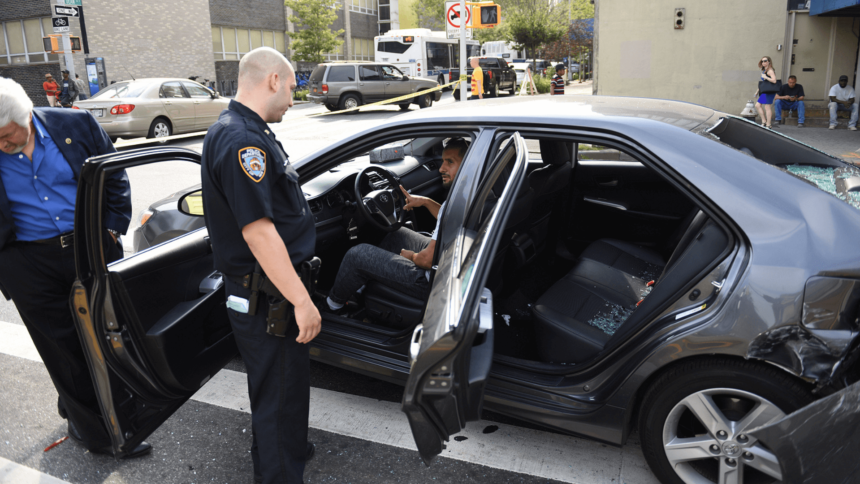When you are injured in a car accident in Tempe, your path to receiving fair compensation is not a matter of chance or goodwill from an insurance company. It is a journey governed by a specific and complex set of laws laid out in the Arizona Revised Statutes (A.R.S.). These statutes dictate everything from who is responsible for paying for your damages to the strict deadlines you must meet to file a claim. While these laws are designed to provide a framework for justice, for an unrepresented individual, they can be a confusing maze. For insurance companies, they are a playbook of strategic tools to use against you.
The critical difference between a minimal settlement and a full and fair recovery often lies in the expertise of a legal advocate who has mastered these state laws. A premier Tempe law firm doesn’t just have a passing familiarity with the law; they wield it as a strategic instrument, using its intricacies to build powerful, evidence-based cases and protect their clients from the legal traps set by insurers. This guide will illuminate the key Arizona laws that will impact your car injury claim and demonstrate why having a lawyer who is an expert in these statutes is non-negotiable.
The Foundation: Arizona as a “Fault” and “Pure Comparative Negligence” State
The first and most fundamental concept in Arizona car accident law is understanding who is responsible for paying damages.
The “At-Fault” System
Arizona operates under an “at-fault” system. This means that the person who was negligent—or “at fault”—in causing the crash is legally responsible for all the resulting damages. This is different from “no-fault” states where each driver’s own insurance covers their initial expenses regardless of who caused the accident. In Tempe, to recover compensation, you must be able to prove that the other driver breached a duty of care (e.g., they were texting, speeding, or ran a red light) and that this breach directly caused your injuries and financial losses.
A.R.S. § 12-2505: The Pure Comparative Negligence Statute
This is arguably the most important—and most frequently used—statute in any Arizona car accident case. “Pure comparative negligence” means that an injured person can still recover damages even if they were partially at fault for the accident. However, their total compensation award will be reduced by their exact percentage of fault.
Example: You are involved in a T-bone collision at the intersection of Rural Road and University Drive. A jury determines that the other driver was 80% at fault for running a red light, but that you were 20% at fault for being slightly over the speed limit. If your total damages are calculated at $100,000, your final recovery would be reduced by your 20% of fault, resulting in an $80,000 award.
Insurance adjusters use this law as their primary weapon. They will work tirelessly to find any reason to assign a percentage of fault to you to reduce their payout. A skilled lawyer’s job is to build a powerful case with accident reconstruction, witness testimony, and other evidence to minimize any allocation of fault against you and maximize your financial recovery.
The Clock is Ticking: Arizona’s Statute of Limitations
The state of Arizona imposes a strict deadline on your right to seek justice in court.
A.R.S. § 12-542: The Two-Year Deadline
For most personal injury cases, including car accidents, this statute provides a two-year window from the date of the injury to file a lawsuit. This is not a suggestion; it is an absolute deadline. If you try to file a claim even one day after the two-year anniversary of your crash, the court will almost certainly dismiss your case, and you will be barred from ever recovering compensation for your injuries. This makes it absolutely critical to contact an attorney well in advance of this deadline.
Financial Responsibility and Insurance Laws in Arizona
Understanding the state’s insurance laws is key to knowing where your compensation will come from.
A.R.S. § 28-4135: Mandatory Auto Insurance Requirements
Arizona law requires all drivers to carry a minimum amount of liability insurance. Currently, those minimums are $25,000 per person for bodily injury, $50,000 per accident for bodily injury, and $15,000 for property damage. The harsh reality is that in a serious crash on a high-speed freeway like the US 60 or Loop 101, these minimums are often woefully inadequate to cover the medical bills of even one seriously injured person.
Uninsured (UM) and Underinsured (UIM) Motorist Coverage
Because the state minimums are so low, and because many drivers unfortunately break the law and drive with no insurance at all, Uninsured Motorist (UM) and Underinsured Motorist (UIM) coverage are essential protections. This is coverage you purchase on your own auto policy. If you are hit by a driver with no insurance (UM) or whose low policy limits are exhausted (UIM), you can file a claim with your own insurance company to cover the difference. A skilled Tempe Car Accident Claims Lawyer is an expert at handling not just claims against the at-fault driver, but also these complex UIM/UM claims, which often involve navigating an adversarial process with your own insurer.
Recovering full compensation after a car accident in Tempe is not a matter of luck; it is a matter of leveraging Arizona law to your advantage. An experienced attorney doesn’t just know these statutes; they live them. They use them to build your case, to negotiate from a position of strength, and to protect you from the legal tactics of multi-billion dollar insurance corporations.
If you have been injured, ensure your rights are protected by someone who has mastered the laws that will govern your claim. Contact a premier Arizona Car Injury Lawyer Tempe for a free consultation to discuss how a deep knowledge of state law can be put to work for you.


